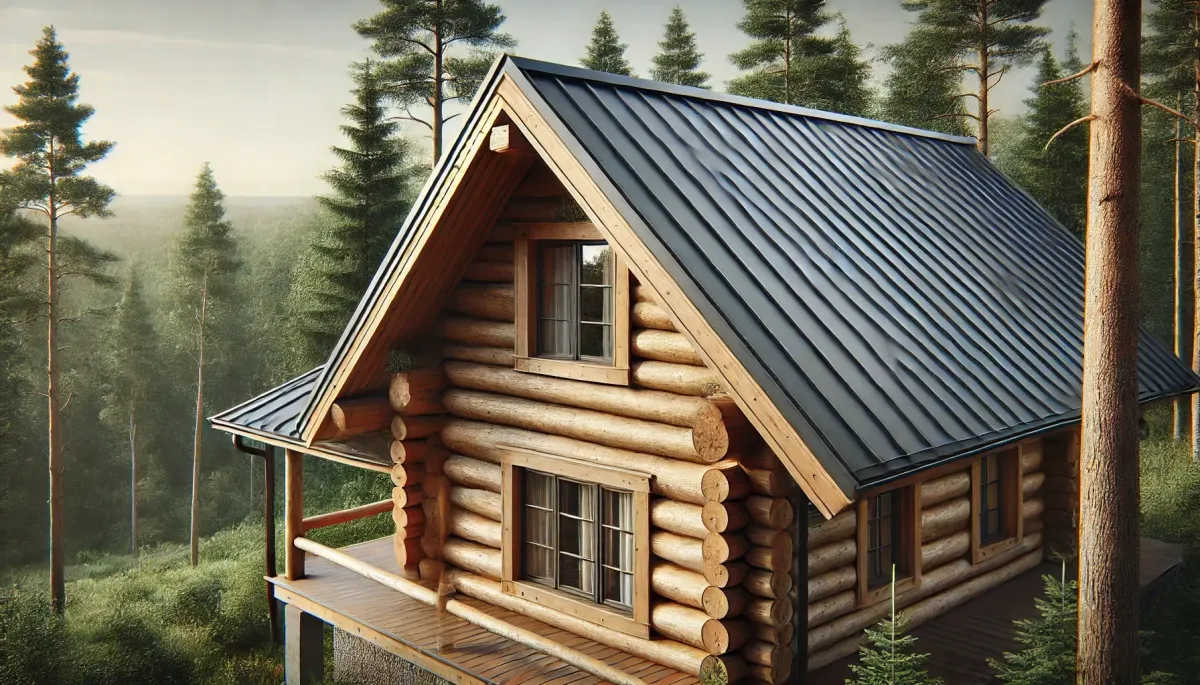
How to Reduce Noise in Metal Roofing for Businesses & Homes
How to Reduce Noise in Metal Roofing for Businesses & Homes
Tips for a Quieter, More Comfortable Metal Roof
Metal roofing offers durability, energy efficiency, and a sleek, modern look—making it a popular choice for both homes and commercial buildings in the Quad Cities. But one common concern holds some people back: noise. Whether it's rain, hail, or wind, metal roofs can be louder than other materials if not installed and insulated properly.
The good news? You don’t have to live (or work) with a noisy roof. Here’s how to reduce sound transmission and enjoy all the benefits of metal roofing without the racket.
1. Add Proper Roof Decking Underneath
Your roof’s noise level is largely influenced by what’s underneath the metal panels. Installing the metal directly onto open rafters or purlins will amplify sound. A solid plywood or OSB roof deck dramatically reduces vibration and echo.
✅ Recommended Setup:
Solid decking
High-quality underlayment
Correct fastener spacing for tight attachment
🔨 Installation Tip: Always use a professional roofer familiar with sound-reducing metal roof techniques.
2. Use Sound-Deadening Underlayment
Specialized roofing underlayments can absorb impact noise from rain or hail and reduce the metal’s resonance. Products like synthetic sound barrier membranes or foam-backed underlayments are excellent upgrades.
🎧 Top Options Include:
Acoustical membranes
High-density synthetic underlayments
Rubberized self-adhesive barriers
🛡 Bonus: These products also improve moisture protection and energy efficiency.
3. Upgrade Your Insulation
Interior insulation plays a big role in sound control. A well-insulated attic or ceiling cavity will absorb more sound than an empty space.
🧱 Best Practices:
Use dense fiberglass or mineral wool batts in attic/ceiling spaces
Combine with radiant barriers for dual noise and heat reduction
Seal air gaps to prevent echo chambers
🏠 Homeowner Tip: For living spaces with vaulted ceilings, consider adding a drop ceiling with insulation above it for sound control.
4. Choose Standing Seam Over Corrugated Panels
Standing seam metal roofing tends to be quieter than traditional corrugated or ribbed metal panels because of its concealed fasteners and tighter seam construction.
🧰 Noise-Reducing Features:
Fewer exposed fasteners
More consistent surface contact
Better expansion and contraction control
⚠️ Avoid: Thin-gauge, corrugated metal panels if sound reduction is a top priority.
5. Consider Acoustic Drop Ceilings (Commercial)
For businesses with exposed metal roofs or open ceilings, acoustic tile systems can significantly reduce indoor noise. These absorb sound and create a more comfortable working environment.
🏢 Best For: Retail stores, warehouses, restaurants, and offices with open-beam or metal deck ceilings.
6. Maintain Roof and Fasteners
Loose panels, degraded sealant, or rattling fasteners can worsen roof noise. Regular maintenance helps prevent minor issues from creating big acoustical annoyances.
🔧 Check for:
Loose screws or panels
Gaps around flashing or vents
Sealant wear around seams
📅 Maintenance Tip: Schedule a roof tune-up at least once a year—especially after Midwest storms or high winds.
Final Thoughts
Metal roofs don’t have to be noisy. With the right installation techniques, materials, and insulation, you can enjoy a quiet, comfortable home or business—plus all the strength and longevity metal roofing has to offer.
Considering a metal roof or upgrading your existing one in the Quad Cities?
Twin Bridge Roofing & Construction installs quiet, energy-efficient metal roofing systems for homes and businesses alike.
📞 (563) 655-4902 | 🌐 www.roofqc.com